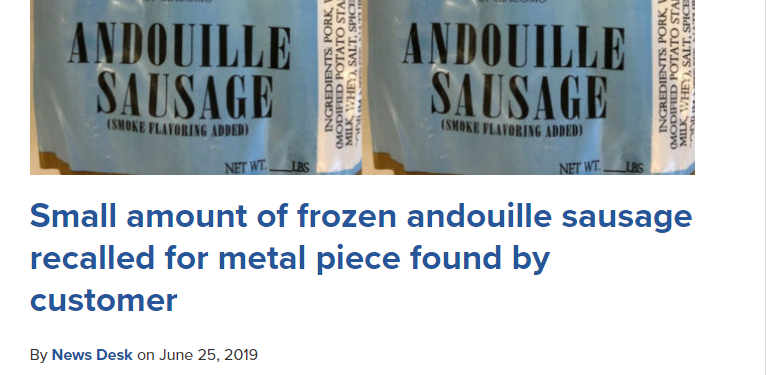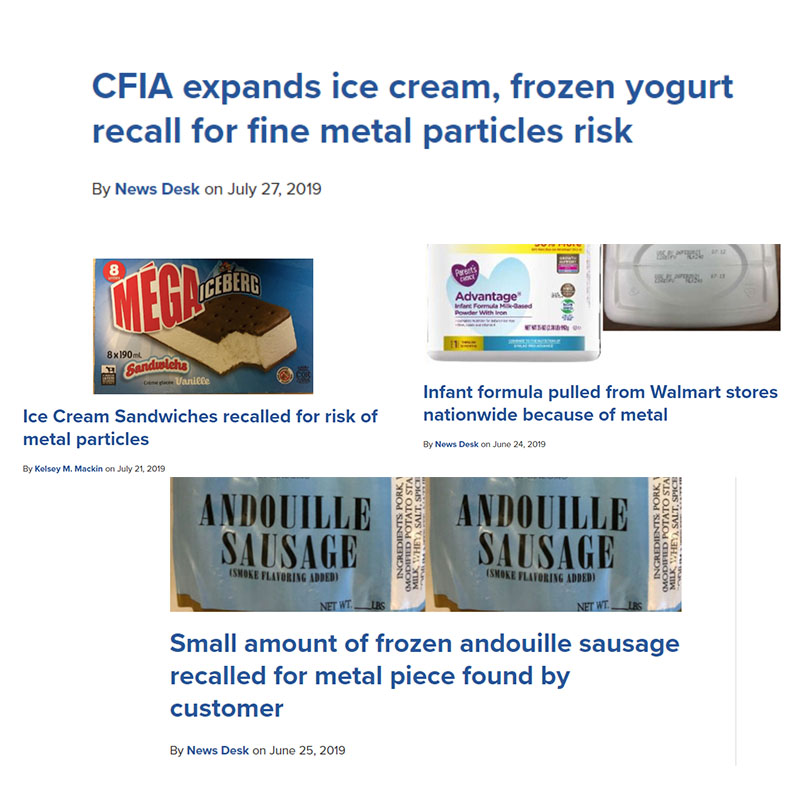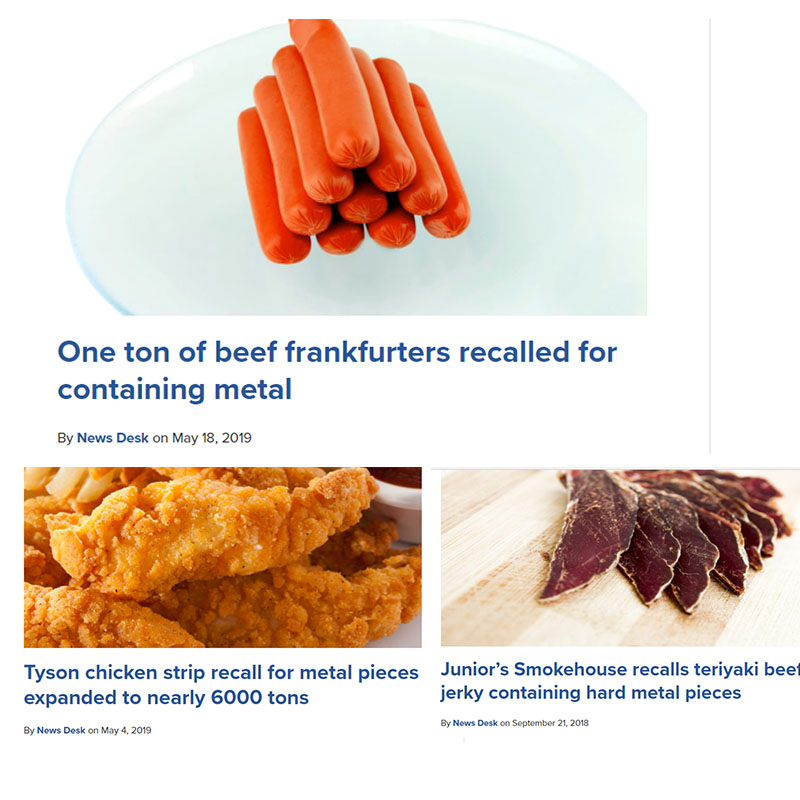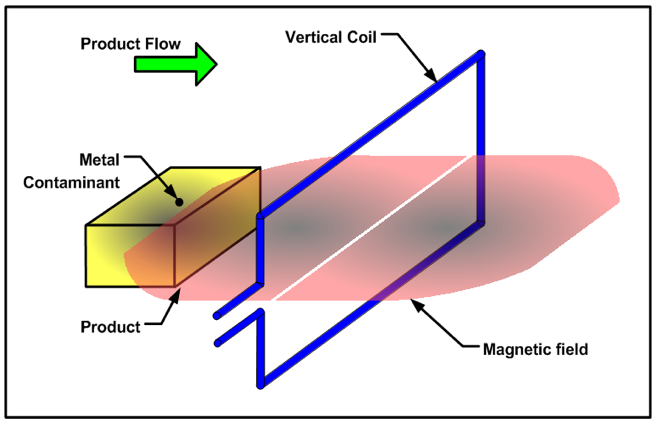What Are Physical Contaminants in Food Manufacturing?
October 10,2019
What Are Physical Contaminants in Food Manufacturing?
Millions of food products are recalled each year due to foreign contaminants found by consumers. These recalls not only cost companies millions of dollars, but they can damage their reputations and put consumer health at risk.

There are three kinds of threats: chemical, biological and physical. These threats exist in each step of the food chain, from farm production to processing, packaging and transportation. This article discusses what physical contaminants in food manufacturing are, the types and sources of physical contaminants in packaged food, and how to identify them before they reach consumer hands.
Types of Physical Contaminants
Here are some real-life examples from the U.S. Food and Drug Administration (FDA) 2016 product recall list that show how almost every packaged food is susceptible to foreign contaminant problems.





How Physical Contaminants Get Into Packaged Food?
What are the sources of physical contaminants in food? As we know, the closer you get to the farm, the closer you get to many foreign objects. Most raw foods and ingredients originate in a natural environment such as a field, an orchard or a farm. As the food is harvested, foreign objects such as stones or glass can end up commingled and transported into the processing plant.
As the food moves into the processing and packaging facility, there is potential for more foreign physical contaminants. The food production industry is run on machinery that can break down and wear out. As a result, sometimes small pieces of that machinery can end up in a product or package. Metal contaminants can be accidentally introduced in the form of loose pieces of equipment such as nuts, bolts and washers, or metal can break off from other parts such as mesh screens and filters.
How to Detect Physical Contaminants
The food industry takes many precautions to ensure that any food that reaches consumers is free of physical contaminants like metal, glass and stone, which as we just learned can enter a product or package anytime during farming or processing. There are food metal detectors that use metal coils and high frequencies to find contaminants before they reach consumers. In fact, this year there have been major changes in food metal detection technology that will help significantly in reducing the number of metal physical contaminants in food manufacturing. Food metal detectors that are equipped with new multiscan technology enable operators to pick a set of up to five frequencies from 50 kHz to 1,000 kHz. The technology then scans through each frequency at a very rapid rate, effectively acting like five metal detectors in one.
